The first guest blog in this series exploring some of our photographic collections is from Grace Cook, one of our superb volunteers from York St John University.
During my placement at the York Explore Archives I have been lucky enough to view many photographs and images of York and what surprised me was the sheer amount taken of the four main bars of York and the city walls. It struck me that whilst York’s four bars and city walls are one of the most iconic aspects of the ancient city, most of us know little more than the fact that they protected the city against attack. I decided, after finding a photograph of Monk Bar, with information written on the back of it, to investigate the stories of the bars and the walls a little more closely. York’s city walls feature four main bars – Bootham, Monk, Walmgate and Micklegate, and then two smaller bars, Fishergate and Victoria. These bars were the gatehouses of the city and were once used to restrict traffic into and out of it, collect tolls and were also used as defensive positions in times of war.
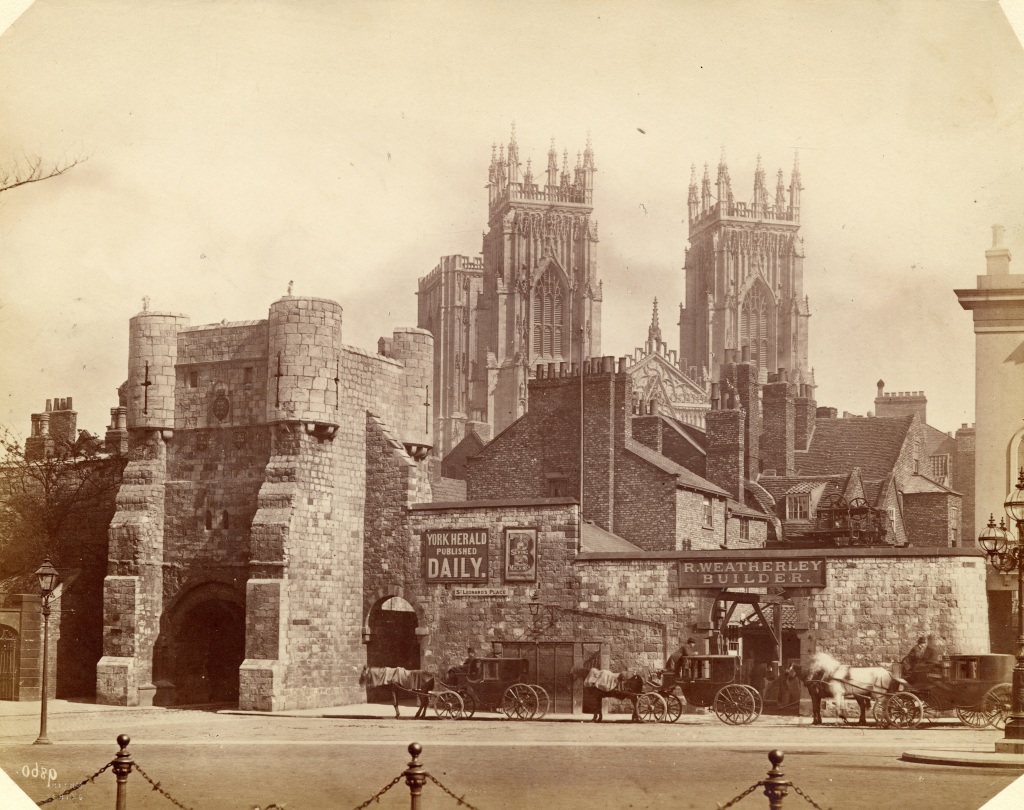
Image reference: y51_59
Located beneath Bootham Bar are the remains of a Roman gateway into the city, meaning that there has been access on this site for 2000 years. York has long had an interesting history with Scotland and in 1501 a door knocker was installed on the bar for Scots to use as they were required to ask permission from the Lord Mayor if they wanted to enter the city.
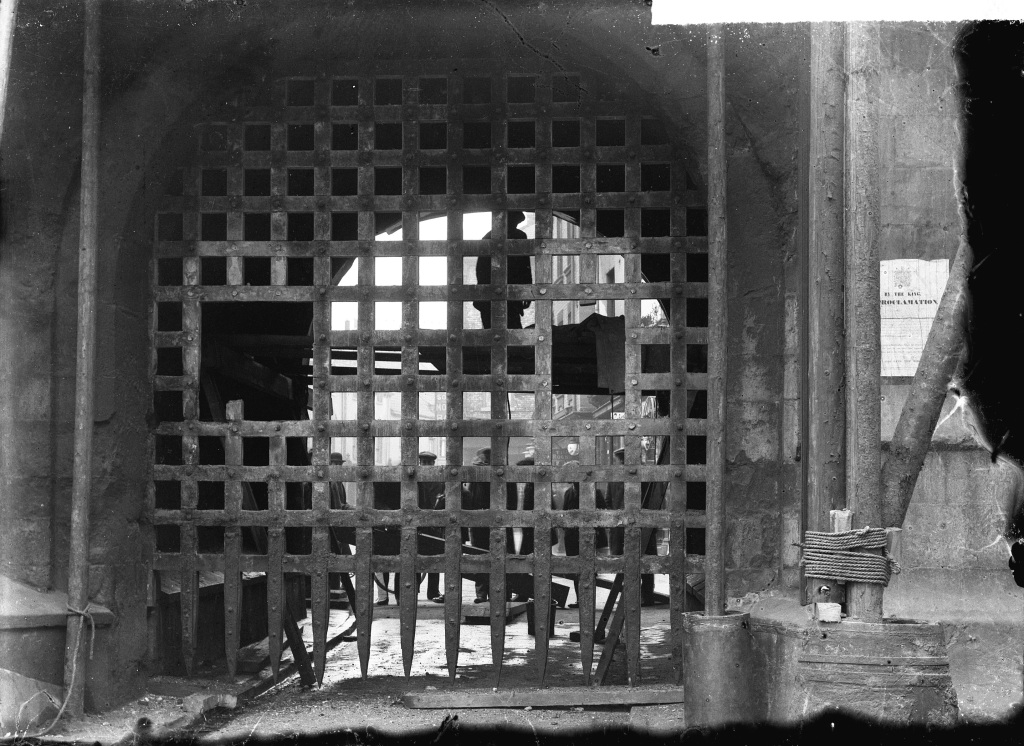
Image reference: y_12032
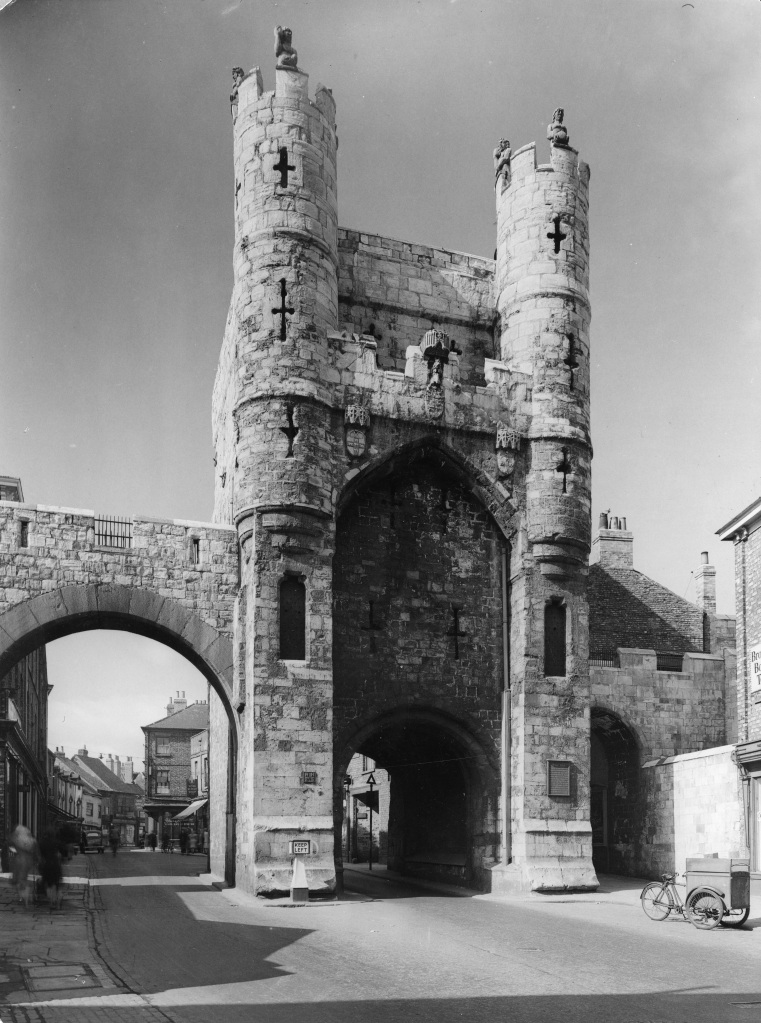
Image reference: y914_2843_02_09
Monk Bar is the tallest of York’s bars with two battlemented turrets rising above a Norman arch. Stonework from the 14th century is found between an oak portcullis with iron teeth and the machinery for raising it can still be seen. It reaches an impressive 16 metres into the sky, not including its turrets – the equivalent of almost four double decker buses stacked on top of each other.
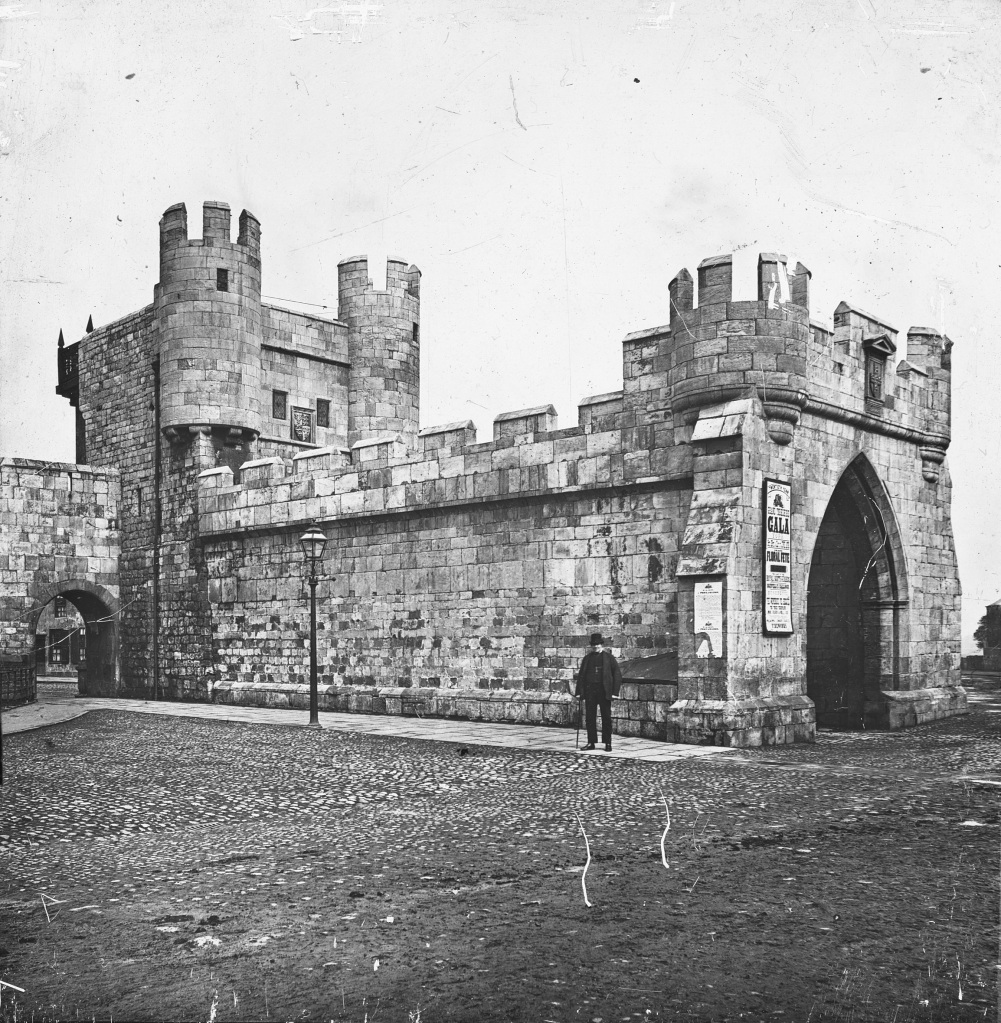
Image reference: y_11417
Walmgate Bar is the most complete of all the bars, still having its barbican, portcullis and inner door. Other barbicans were demolished to make more room around the gates but Walmgate was able to retain its barbican. The bar was originally built in the 12th century and was added to in the 14th, 15th and 16th centuries with the barbican, wooden gates and wood framed building inside dating from these times.

Image reference: y914_2843_01
Micklegate Bar has long been the gate where Royal visitors to the city are met and given permission by the Lord Mayor to enter, indeed when the King visited in 2022 he was still greeted there. It was also the place where the heads of traitors were displayed on spikes right up to the 18th century, including that of Richard, Duke of York in 1460 whose head was displayed by the Lancastrians after the Battle of Wakefield during the Wars of the Roses. The lower part of the bar dates back to the 12th century whilst the top two stories were added in the 14th.
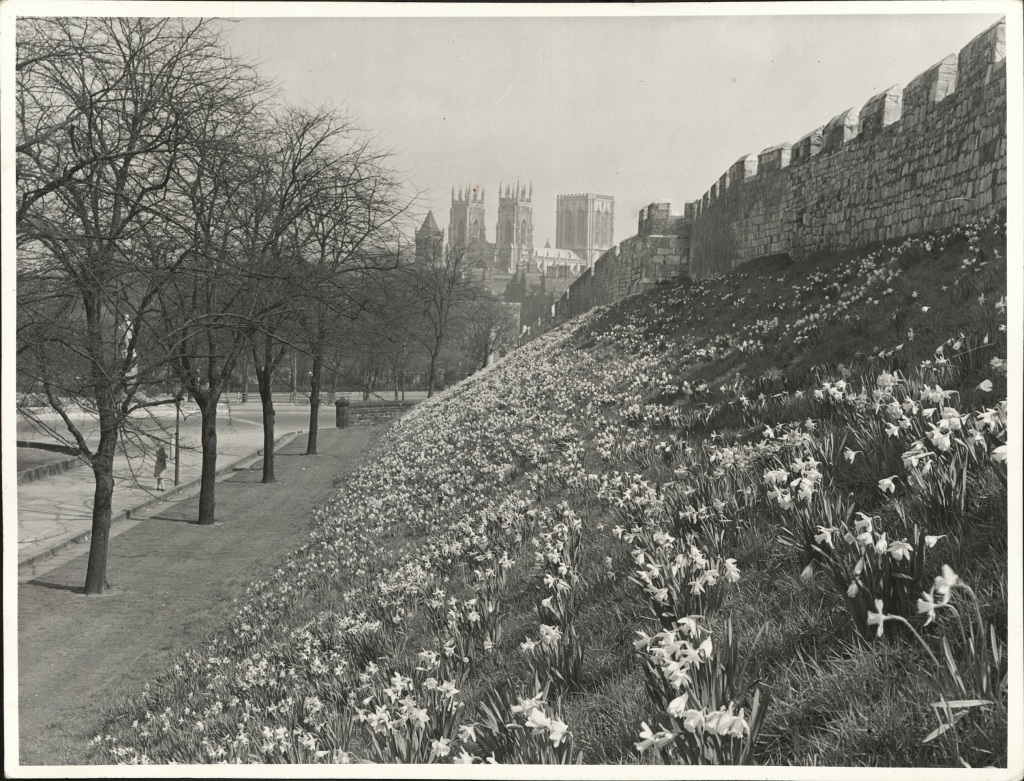
The daffodils that cover the grass embankments of the walls every year, and attract hundreds of people to come and view them were, first planted in the 1940s. The original bulbs were donated by youth organisations from York and the surrounding area. Every year more bulbs are planted to add to the already very impressive floral display the hope being, when the project was started, that one day they would span the entire length of the walls.
